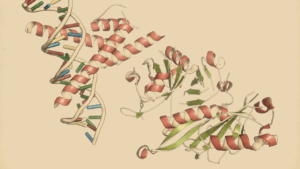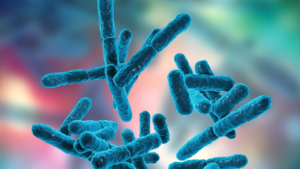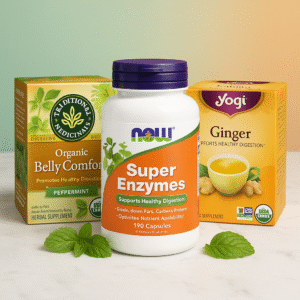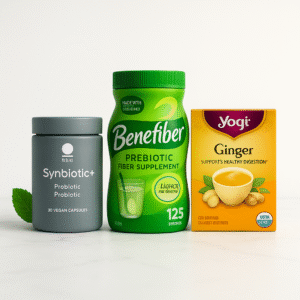Embracing The Use Organic Cotton For More Sustainable Future
Organic cotton is not just a trend but a crucial element in creating a sustainable future. Understanding its importance can lead to a greener tomorrow
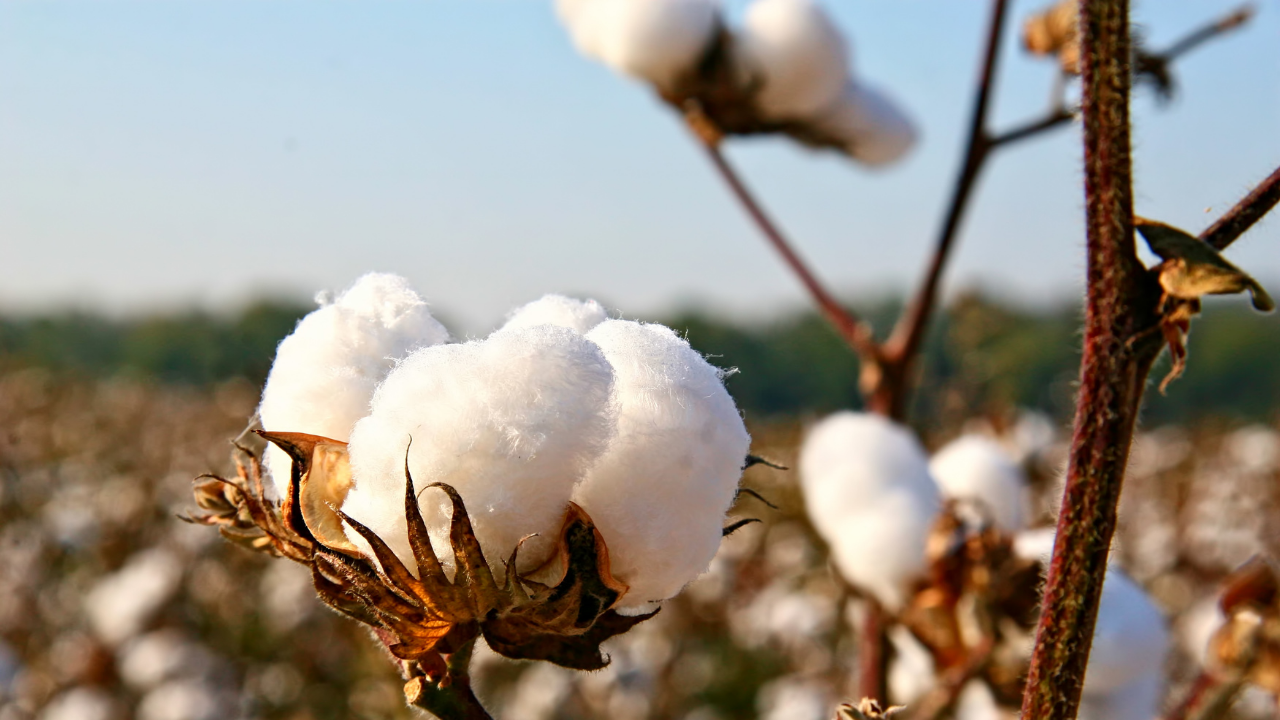
Organic cotton has gained significant traction in recent years, emerging as a leading choice in sustainable fashion and conscious lifestyle decisions. As consumers become more environmentally aware, the demand for organic cotton products continues to soar.
Understanding the difference between organic and conventional cotton is crucial in making informed purchasing decisions. By exploring the unique characteristics of organic cotton, we can appreciate its role in promoting sustainability and reducing our ecological footprint.
A deeper understanding of why organic cotton is more than just a passing trend, but rather a pivotal component in building a greener future.
What is Organic Cotton?
Organic cotton is a type of cotton that is cultivated and harvested using sustainable farming practices that prioritize environmental conservation and the well-being of farmers. It is grown without the use of synthetic chemicals, pesticides, and genetically modified organisms (GMOs) ✅.
Organic cotton distinguishes itself through sustainable farming practices, avoidance of harmful chemicals and GMOs, and a commitment to maintaining healthy ecosystems.
Key characteristics of organic cotton:
Cultivation:
Organic cotton cultivation follows a methodical approach to preserve ecological diversity while ensuring a steady yield and profits ✅.
It is grown without the use of pesticides, hormones, and chemical fertilizers, promoting biodiversity and soil health ✅.
Locally available biological inputs are utilized, reducing cultivation costs significantly ✅.
Certification:
Organic certification assures consumers that the cotton is grown, processed, and packaged according to rules that restrict or ban synthetic inputs and protect the environment ✅.
It provides assurance to producers that they will receive price premiums and market share for certified cotton ✅.
Certification processes can be complex and challenging, with implications for market structure and trade ✅.
Various eco-labeling systems, such as the Global Organic Textile Standard (GOTS), certified organic textiles based on safety and ecology standards throughout the textile-clothing chain ✅.
Environmental Impacts:
Organic cotton agriculture avoids the use of genetically modified cotton seeds, pesticides, hormones, and chemical fertilizers, aiming to produce eco-friendly fibers and restore a natural balance ✅.
It enhances soil fertility and reduces the reliance on chemical fertilizers, pesticides, and pharmaceuticals ✅.
Is Organic Cotton Really Better?
Organic cotton offers a range of environmental benefits that make it a superior choice compared to conventional cotton
Reduced water usage:
Organic cotton farming practices prioritize water conservation through efficient irrigation methods and sustainable water management ✅.
By minimizing water consumption, organic cotton cultivation helps alleviate the strain on water resources, especially in regions facing water scarcity.
Compared to furrow irrigation, drip irrigation resulted in water savings of 18-42% and an increase in irrigation water use efficiency by 35-103% ✅.
The use of drip irrigation for cotton at 75% capacity led to a notable reduction in water usage ✅.
In a changing climate, irrigated cotton production is expected to increase water use efficiency due to the counteractive effects of elevated CO2 and future climate ✅✅.
Soil preservation:
Organic farming techniques, such as crop rotation, composting, and the use of natural fertilizers, nurture the soil's health and fertility. These practices enhance soil structure, promote beneficial microbial activity, and improve nutrient retention.
As a result, organic cotton cultivation helps maintain soil quality and prevents erosion, ensuring the long-term sustainability of agricultural land.
Compared to conventional cultivation, organic cotton farming led to increased levels of organic carbon and nutrients in the soil ✅.
In general, organic farming practices were found to enhance soil organic matter and total nitrogen content when compared to conventional methods ✅.
Non-organic cotton-based cropping systems experienced a decline in soil carbon stocks, indicating that organic practices may aid in preserving soil carbon ✅.
Furthermore, organic agriculture was observed to boost soil organic matter content and improve soil aggregate stability ✅.
Biodiversity conservation:
By avoiding the use of synthetic chemicals and pesticides, organic farms create a safer habitat for beneficial insects, birds, and other wildlife.
This biodiversity promotes natural pest control, enhances pollination, and supports the overall ecological balance ✅.
It preserves native plant species and safeguards the health of surrounding ecosystems, contributing to the preservation of biodiversity on a larger scale ✅✅.
Bee pollination significantly increased cotton production in both conventional and organic farms ✅.
Health benefits for consumers:
Conventional cotton production often involves the use of synthetic pesticides and chemicals, which can leave residues on the fabric.
In contrast, organic cotton is grown without the use of such substances, reducing the risk of exposure to chemical residues ✅.
This makes organic cotton a safer and healthier choice, particularly for individuals with sensitive skin or allergies ✅.
With its reduced water usage, soil preservation, positive impact on biodiversity, and potential health benefits, organic cotton stands out as a better alternative to conventional cotton.
The Difference between 100% Cotton and Organic Cotton
The difference between conventional 100% cotton and organic cotton lies in farming methods and the use of synthetic chemicals.
Conventional 100% cotton refers to cotton produced through conventional farming methods, which often involve the extensive use of synthetic chemicals and pesticides.
In conventional cotton farming, synthetic fertilizers are used to boost crop growth, while pesticides and insecticides are applied to control pests and weeds.
In contrast, organic cotton is cultivated using sustainable farming practices that prioritize environmental and human well-being.
Organic cotton farming strictly prohibits the use of synthetic chemicals, including fertilizers, pesticides, and insecticides.
Instead, organic farmers adopt natural alternatives such as crop rotation, composting, and biological pest control to maintain soil fertility, control pests, and promote overall plant health.
Organic vs GMO Cotton
The distinction between organic cotton and GMO cotton lies in their genetic makeup and the implications associated with genetic modification.
GMO cotton refers to cotton plants that have been genetically modified through scientific manipulation to possess specific traits, such as resistance to pests or tolerance to herbicides ✅. These genetic modifications are typically achieved by introducing foreign genes into the cotton plant's DNA ✅.
In contrast, organic cotton is cultivated using natural, non-genetically modified seeds without any genetic alterations ✅.
GMO Cotton the Potential Risks it Poses to the Environment:
✔️Potential risks include gene transfer to related species, horizontal gene transfer, effects on non-target organisms, resistance development in target organisms, and impacts on biodiversity ✅✅.
✔️May have adverse effects on soil ecosystems, including changes in soil microbial communities ✅✅.
✔️The release of Bt toxins into the soil can have an impact on microorganisms and cause changes in the biochemical properties of the soil✅.
✔️Some studies have raised concerns about the potential allergenicity and toxicity of genetically modified crops, although the long-term effects on human health are still being researched ✅.
Organic cotton offers several benefits:
✔️The practice of cultivating cotton organically encourages a range of ecological varieties and guarantees consistent production and financial gains ✅.
- It follows a methodical approach to preserving ecological diversity while maintaining a consistent yield and profitability.
- Cultivating organic cotton using biological inputs that are readily available in the local area can lead to a significant reduction in cultivation expenses.
✔️Organic cotton farming provides environmental advantages ✅
- Higher energy efficiency (input/output) compared to conventional farming.
- Eliminate the use of harmful chemicals and reduce water usage.
- Support a larger floral and faunal biodiversity compared to conventional systems.
✔️Compared to Bt cotton farming, smallholding cotton farmers in South India experience greater economic stability and advantages. ✅.
Showcase of Sustainable Products
Sustainable products that align with the principles of organic cotton and contribute to a more eco-friendly and conscious lifestyle. These products not only prioritize sustainability but also offer unique features and benefits.
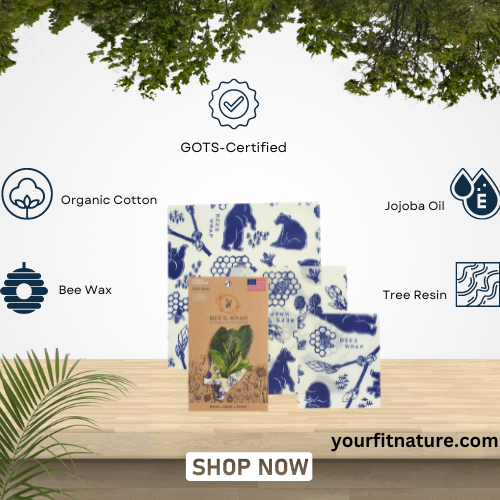
Bee's Wrap Reusable Beeswax Food Wraps
Best features:
- Sustainable and eco-friendly alternative to plastic wraps
- Made from organic cotton, beeswax, jojoba oil, and tree resin
Reasons to purchase:
- Keeps food fresh for a longer time
- Washable and reusable
Natissy Reusable Beeswax Food Wraps
Best features:
- Made from organic cotton, beeswax, jojoba oil, and tree resin
- Comes in various sizes and patterns
Reasons to purchase:
- Reduces plastic waste
- Can be used for wrapping a variety of food items
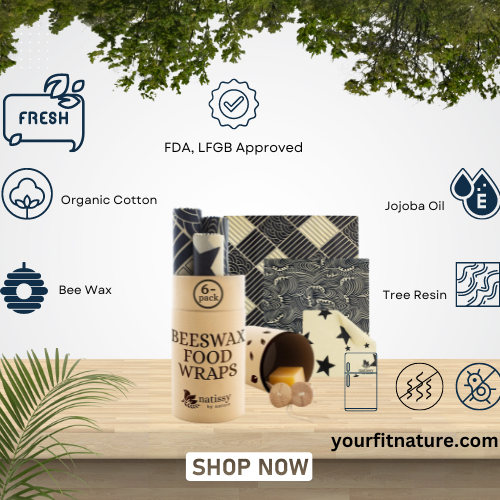
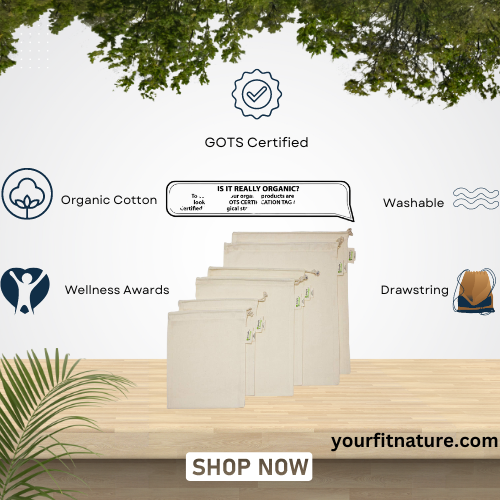
Simple Ecology Reusable Produce Bags
Best features:
- Made from organic cotton mesh, reducing plastic waste
- Durable and machine washable
Reasons to purchase:
- Perfect for grocery shopping and storing produce
- Available in multiple sizes
Cottify Reusable Produce Bags
Best features:
- Made from high-quality organic cotton mesh
- Lightweight and easy to carry
Reasons to purchase:
- Helps reduce plastic waste during grocery shopping
- Can be used for various storage purposes
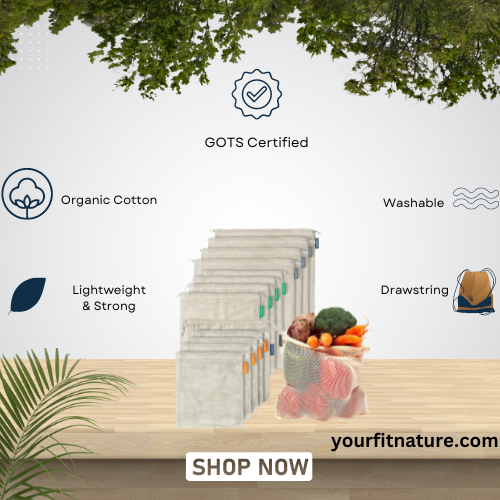
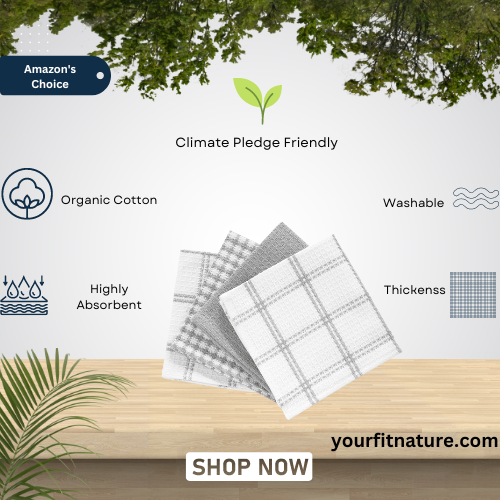
T-fal Dish Cloths & Dish Towels
Best features:
- Made from 100% cotton for maximum absorbency
- Durable and long-lasting
Reasons to purchase:
- Perfect for cleaning and drying dishes
- Available in various colors and designs
RUVANTI Dish Cloths & Dish Towels
Best features:
- Made from 100% cotton with a waffle weave design for better absorbency
- Lint-free and scratch-free cleaning
Reasons to purchase:
- Suitable for cleaning glassware, dishes, and countertops
- Comes in a pack of 12 for long-term use

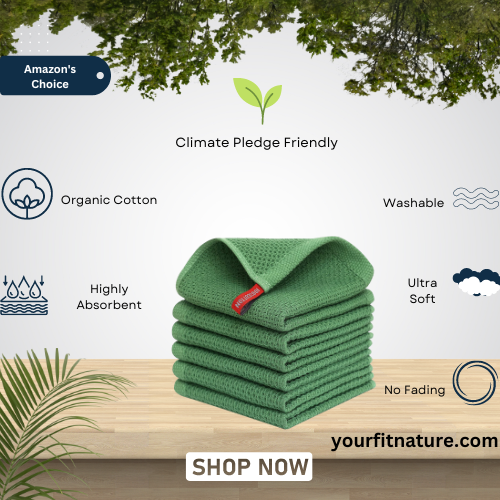
Kitinjoy Dish Cloths & Dish Towels
Best features:
- Made from microfiber for superior absorbency and quick drying
- Soft and non-abrasive texture
Reasons to purchase:
- Ideal for cleaning various surfaces without causing scratches
- Comes in a pack of 8 with different colors for easy identification
The Bottom Line
The environmental benefits of organic cotton, include reduced water usage, soil preservation, and positive impacts on biodiversity. Additionally, we have highlighted the potential health benefits for consumers, such as reduced exposure to chemical residues.
Consider opting for organic cotton whenever possible, supporting sustainable brands, and exploring alternatives that reduce reliance on single-use plastics. Together, we can make a positive impact on the environment and promote a more sustainable future for generations to come.
Frequently Asked Questions
How is organic cotton different from conventional cotton?
What are some potential risks associated with genetically modified cotton?
How can I make informed purchasing decisions when it comes to cotton products?
What is organic cotton?
What are the benefits of using organic cotton?
References
Fitnature uses only high-quality sources, including peer-reviewed studies, to support the facts within our articles. Read our editorial process to learn more about how we fact-check and keep our content accurate, reliable, and trustworthy.
- Almeida, Luis. “Ecolabels and Organic Certification for Textile Products.” Springer Singapore, 1 Jan. 2015, https://link.springer.com/chapter/10.1007/978-981-287-164-0_7. Accessed 23 May 2023.
- Blaise, D., et al. “Effect of Organic and Modern Method of Cotton Cultivation on Soil Nutrient Status.” Communications in Soil Science and Plant Analysis, vol. 35, no. 9–10, Dec. 2004, pp. 1247–61, https://doi.org/10.1081/css-120037543.
- Craig, Wendy, et al. “An Overview of General Features of Risk Assessments of Genetically Modified Crops.” Euphytica, vol. 164, no. 3, Jan. 2008, pp. 853–80, https://doi.org/10.1007/s10681-007-9643-8.
- Dağdelen, N., et al. “Different Drip Irrigation Regimes Affect Cotton Yield, Water Use Efficiency and Fiber Quality in Western Turkey.” Agricultural Water Management, vol. 96, no. 1, Jan. 2009, pp. 111–20, https://doi.org/10.1016/j.agwat.2008.07.003.
- Dubey, Rajesh Kumar. “Organic Farming Benificial to Biodiversity Conservation, Rural Livelihood and Nutritional Security.” Indian Journal of Applied Research, vol. 3, no. 11, Oct. 2011, pp. 18–21, https://doi.org/10.15373/2249555x/nov2013/7.
- Erhart, Eva, and Wilfried Hartl. “Soil Protection Through Organic Farming: A Review.” Springer Netherlands, 1 Jan. 2009, https://link.springer.com/chapter/10.1007/978-1-4020-9654-9_11. Accessed 23 May 2023.
- Fan, Yubing, et al. “Determining Water Use Efficiency of Wheat and Cotton: A Meta-Regression Analysis.” Agricultural Water Management, vol. 199, Feb. 2018, pp. 48–60, https://doi.org/10.1016/j.agwat.2017.12.006.
- Gabriel, Doreen, et al. “Food Production vs. Biodiversity: Comparing Organic and Conventional Agriculture.” Journal of Applied Ecology, vol. 50, no. 2, pp. 355–64, https://doi.org/10.1111/1365-2664.12035. Accessed 23 May 2023.
- Gomiero, Tiziano, et al. “Environmental Impact of Different Agricultural Management Practices: Conventional vs. Organic Agriculture.” Critical Reviews in Plant Sciences, vol. 30, no. 1–2, Jan. 2011, pp. 95–124, https://doi.org/10.1080/07352689.2011.554355.
- Harshitha, A. G., et al. “A Review on Organic Cotton: Various Challenges, Issues and Application for Smart Agriculture.” 2021 10th International Conference on System Modeling & Advancement in Research Trends (SMART), IEEE, 2021, http://dx.doi.org/10.1109/smart52563.2021.9675301. Accessed 23 May 2023.
- Hole, D. G., et al. “Does Organic Farming Benefit Biodiversity?” Biological Conservation, vol. 122, no. 1, Mar. 2005, pp. 113–30, https://doi.org/10.1016/j.biocon.2004.07.018.
- Ibragimov, Nazirbay, et al. “Water Use Efficiency of Irrigated Cotton in Uzbekistan under Drip and Furrow Irrigation.” Agricultural Water Management, vol. 90, no. 1–2, May 2007, pp. 112–20, https://doi.org/10.1016/j.agwat.2007.01.016.
- Johnson, Arthur T. “GMO or OMG?” IEEE Pulse, vol. 10, no. 1, Jan. 2019, pp. 30–31, https://doi.org/10.1109/mpuls.2018.2885858.
- Kumar, P. Senthil, and A. Saravanan. “Organic Cotton Versus Recycled Cotton Versus Sustainable Cotton.” Springer Singapore, 1 Jan. 2019, https://link.springer.com/chapter/10.1007/978-981-10-8782-0_7. Accessed 23 May 2023.
- Kumar, P. Senthil, and P. R. Yaashikaa. “Organic Cotton and Its Environmental Impacts.” Springer Singapore, 1 Jan. 2019, https://link.springer.com/chapter/10.1007/978-981-10-8782-0_6. Accessed 23 May 2023.
- Lilley, Andrew K., et al. “Life in Earth: The Impact of GM Plants on Soil Ecology? – PubMed.” Trends in Biotechnology, vol. 24, no. 1, Jan. 2006, https://doi.org/10.1016/j.tibtech.2005.11.005.
- Liu, Wenke. “Effects of Bt Transgenic Crops on Soil Ecosystems: A Review of a Ten-Year Research in China.” Frontiers of Agriculture in China, vol. 3, no. 2, Mar. 2009, pp. 190–98, https://doi.org/10.1007/s11703-009-0027-9.
- Lohr, Luanne. “Implications of Organic Certification for Market Structure and Trade.” American Journal of Agricultural Economics, vol. 80, no. 5, pp. 1125–29, https://doi.org/10.2307/1244216. Accessed 23 May 2023.
- Luo, Qunying, et al. “Cotton Crop Water Use and Water Use Efficiency in a Changing Climate.” Agriculture, Ecosystems & Environment, vol. 202, Apr. 2015, pp. 126–34, https://doi.org/10.1016/j.agee.2015.01.006.
- Mamadou Traoré, et al. “Soil Carbon Stocks Evolution in Organic Cotton-Based Cropping Systems in Southern and Northern Sudanese Agro-Ecological Zones of Burkina Faso.” Journal of Agricultural Science and Technology B, vol. 9, no. 6, June 2019, https://doi.org/10.17265/2161-6264/2019.06.003.
- Metcalfe, Dean D. “Introduction: What Are the Issues in Addressing the Allergenic Potential of Genetically Modified Foods?” Environmental Health Perspectives, vol. 111, no. 8, June 2003, pp. 1110–13, https://doi.org/10.1289/ehp.5810.
- Nesic, L., et al. “Effect of Organic Production on Soil Structure.” Bulgarian Journal of Agricultural Science, vol. 20, no. 5, Jan. 2014, pp. 1168–74.
- “Picking Cotton: The Choice between Organic and Genetically-Engineered Cotton for Farmers in South India – India Environment Portal.” India, South Asia, http://www.indiaenvironmentportal.org.in/content/308597/picking-cotton-the-choice-between-organic-and-genetically-engineered-cotton-for-farmers-in-south-india/. Accessed 23 May 2023.
- Pires, Viviane C., et al. “Importance of Bee Pollination for Cotton Production in Conventional and Organic Farms in Brazil.” Journal of Pollination Ecology, vol. 13, Apr. 2014, pp. 151–60, https://doi.org/10.26786/1920-7603(2014)20.
- Pirondini, Andrea, and Nelson Marmiroli. “Environmental Risk Assessment in GMO Analysis – PubMed.” Rivista Di Biologia, vol. 103, no. 2–3, Dec. 2010.
- Rundlöf, M., and H. G. Smith. “The Effect of Organic Farming on Butterfly Diversity Depends on Landscape Context.” Journal of Applied Ecology, vol. 43, no. 6, Sept. 2006, pp. 1121–27, https://doi.org/10.1111/j.1365-2664.2006.01233.x.
- Wilkins, Thea A., et al. “Cotton Biotechnology.” Critical Reviews in Plant Sciences, vol. 19, no. 6, Nov. 2000, pp. 511–50, https://doi.org/10.1080/07352680091139286.
- Wu, Yupeng, et al. “Responses of Saline Soil Properties and Cotton Growth to Different Organic Amendments.” Pedosphere, vol. 28, no. 3, June 2018, pp. 521–29, https://doi.org/10.1016/s1002-0160(17)60464-8.
Review date not set.
How we reviewed this article:
Latest on:
